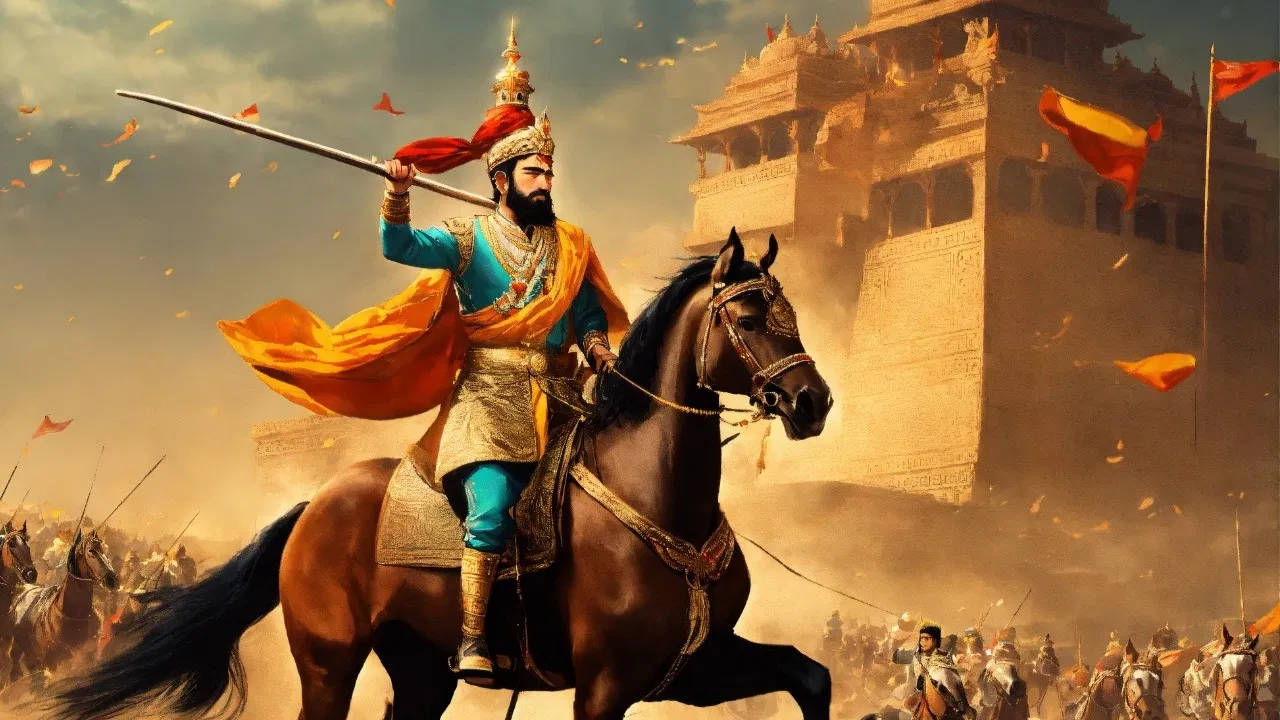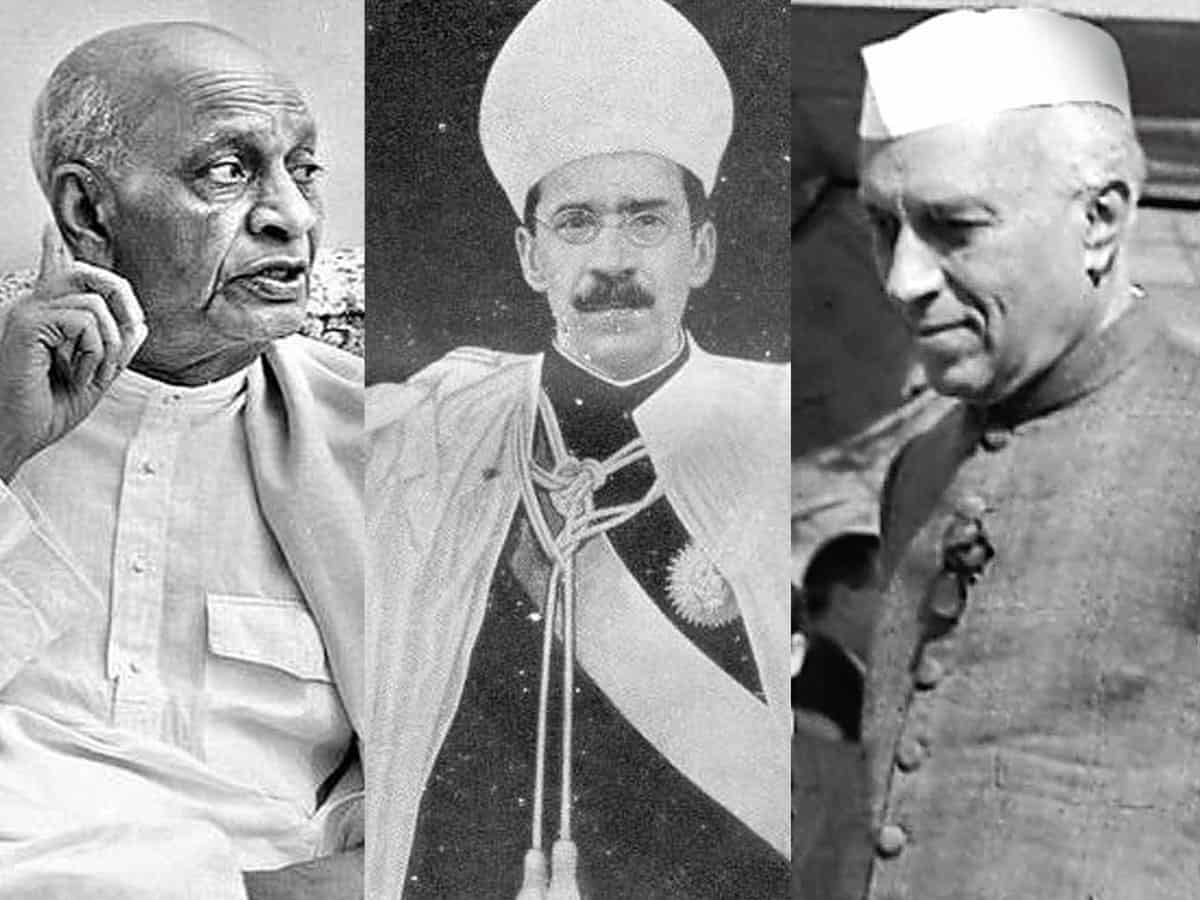
- Historical Context and Periodization
- The Rise of Islam and Its Expansion
- The Foundation of Islam
- The Expansion of the Muslim Empire
- Arab Trade and Interest in Sindh
- The Strategic Importance of Sindh
- Early Arab Raids in Sindh
- The Arab Conquest of Sindh
- Causes of the Conquest
- Muhammad Bin Qasim’s Expedition
- Muhammad Bin Qasim: The Conqueror of Sindh
- Early Life and Military Leadership
- Key Battles and Conquests
- The Army in the Battle of Aror (711 AD)
- Composition of the Armies
- Muhammad Bin Qasim’s Army (Arab Forces)
- Raja Dahir’s Army (Sindhi Forces)
- The Course of the Battle
- Composition of the Armies
- The Death of Muhammad Bin Qasim
- Conflicting Narratives
- Political Rivalries Leading to His Execution
- Conclusion
Historical Context and Periodization
According to historians like B.D. Chattopadhyaya, historical time spans are culturally diverse and cannot be comfortably categorized into broad periods. Even sub-periods can be divided further based on distinct cultural traits. In this context, the post-Gupta or early medieval period saw different phases with unique characteristics. For instance, the 7th to 10th centuries and the 10th to 12th centuries are differentiated by key historical events, such as the Arab conquest of Sindh in the 8th century and the Turkish invasions in North India between the 10th and 12th centuries.
The Rise of Islam and Its Expansion
The Foundation of Islam
Islam was founded in the 7th century by Muhammad, an Arabian merchant from Mecca. At that time, Arabia was inhabited by warring Bedouin tribes following pagan faiths and worshipping multiple deities. These tribes frequently engaged in conflicts over economic and religious issues. Muhammad unified these tribes under monotheism, which was one of his greatest contributions to Arabia. His teachings also influenced the political and economic policies of future Muslim states.
The Expansion of the Muslim Empire
After Muhammad’s death, the rapid expansion of the Muslim polity took place under the Rashidun and Umayyad Caliphates. The empire stretched from Central Asia across the Middle East and North Africa to the Atlantic. Scholars argue that the political formation of a state in the Arabian Peninsula, along with religious unity and mobilization, enabled the establishment of the largest empire in the pre-modern period, covering approximately 13 million square kilometers.
Arabs, who formed a ruling minority, coexisted with diverse populations. As wars declined and economic development progressed, a new governing class of administrators and traders emerged. The conquest of Sindh was an extension of this expansionist endeavor.
Arab Trade and Interest in Sindh
The Strategic Importance of Sindh
Sindh, located in present-day Pakistan, was historically a major trade and commerce hub. Arab merchants had long-standing trade relations with Indian and Southeast Asian traders. They frequently traveled from Siraf and Hormuz in the Persian Gulf to the western coast of India, reaching ports such as Cambay, Calicut, and others on the Malabar Coast. These merchants brought back tales of India’s immense wealth, including gold, diamonds, and luxurious goods.
Early Arab Raids in Sindh
The Arabs had attempted to enter Sindh as early as 636 CE during the reign of Caliph Umar. Subsequent plundering expeditions, such as the raid on Thane (near present-day Mumbai) in 637 CE, continued for decades. However, these were mere raids rather than full-scale conquests. A systematic Arab conquest of Sindh finally occurred in 712 CE under the Umayyad Caliph al-Walid.
The Arab Conquest of Sindh
Causes of the Conquest
The conquest of Sindh was driven by multiple factors:
- Economic Motives: India’s wealth attracted the Arabs.
- Religious Zeal: The spread of Islam motivated expansion.
- Immediate Provocation: Sindhi pirates plundered Arab ships carrying gifts from the King of Ceylon to the Caliph of Baghdad and Governor Al-Hajjaj of Iraq. When King Dahar of Sindh refused to take action against the pirates, Baghdad accused him of complicity, prompting military intervention.
Muhammad Bin Qasim’s Expedition
Hajjaj secured permission from Caliph Walid to launch an expedition. Three successive military campaigns were sent against Sindh, with the third, led by Muhammad Bin Qasim, succeeding. In 712 CE, Qasim defeated King Dahar at Debal, capturing key cities such as Nirun, Rewar, Brahmanabad, Alor, and Multan.
Muhammad Bin Qasim: The Conqueror of Sindh
Early Life and Military Leadership
Muhammad Bin Qasim, an Umayyad general, led the conquest of Sindh. He was the nephew of Hajjaj and an able military commander. Before the campaign, he was appointed governor of Makran and meticulously prepared for the conquest of Sindh.
Qasim’s army, comprising 6,000 Syrian cavalry and additional reinforcements, marched from Shiraz towards Sindh. His forces besieged Debal by land while additional war supplies arrived by sea. The city fell after an intense battle. Subsequent victories followed, culminating in the decisive defeat of King Dahar near the Indus River.
Key Battles and Conquests
- Debal: Captured with naval and land forces.
- Nirun: Surrendered peacefully.
- Sadusan, Sawandri, and Basmad: Conquered after brief resistance.
- Brahmanabad and Aror: Captured after King Dahar’s death.
- Multan: The final stronghold, conquered as per Hajjaj’s instructions.
The Army in the Battle of Aror (711 AD)
The Battle of Aror, fought in 712 AD, was a decisive confrontation between the forces of Muhammad Bin Qasim, the Umayyad general, and Raja Dahir, the last Hindu ruler of Sindh. This battle was part of the Arab conquest of Sindh and took place near the city of Aror (modern-day Rohri, Pakistan), close to the Indus River. Both sides had well-organized armies with distinct military strategies, weaponry, and tactics.
Composition of the Armies
Muhammad Bin Qasim’s Army (Arab Forces)
Muhammad Bin Qasim, led a professional and well-equipped Arab army. His forces were composed of:
- Syrian Cavalry: A major part of his army consisted of 6,000 Syrian cavalrymen, who were well-trained and equipped with swords, lances, and bows.
- Infantry Soldiers: Around 6,000 infantry troops, mainly of Arab and Persian origin, formed the backbone of his forces.
- Siege Equipment: Qasim brought along a powerful siege train, including mangonels (large catapults) to break down city walls.
- War Elephants: Unlike the Indian armies, the Arabs initially lacked war elephants. However, after capturing Sindhi elephants, they began using them in later battles.
- Naval Support: The Arabs had naval reinforcements along the Indus River to transport supplies and soldiers.
- Tactics and Strategy:
- Qasim’s strategy relied on swift cavalry attacks, surprise movements, and superior coordination.
- He utilized siege warfare techniques, cutting off Dahir’s supply routes before engaging in direct battle.
- He divided his forces, allowing for better maneuverability against Dahir’s larger army.
Raja Dahir’s Army (Sindhi Forces)

Raja Dahir commanded a much larger force, but his army had several weaknesses. His forces included:
- War Elephants: Dahir’s army had a strong elephant corps, which was used for breaking enemy formations. These elephants were heavily armored and carried archers on their backs.
- Cavalry: Unlike the Arabs, the Sindhi cavalry was less mobile but heavily armored. They were mostly composed of Kshatriya warriors, known for their bravery.
- Infantry Soldiers: Dahir had a massive infantry force of about 20,000 soldiers, including local Sindhi fighters and Rajput warriors.
- Archers and Spearmen: The Sindhi army included archers and spearmen, who were effective in close combat but lacked the Arab archers’ mobility.
- Strategy and Weaknesses:
- Dahir’s battle plan relied heavily on his war elephants, but they became ineffective against the Arab archers and cavalry maneuvers.
- His forces were less organized than the Arabs, as they lacked a unified command.
- The battle turned against him when his elephant panicked, creating confusion among his soldiers.
The Course of the Battle
The battle started with the Arab cavalry attacking from multiple directions, while archers rained arrows on the Sindhi forces. Dahir fought valiantly but was ultimately killed in battle, leading to a complete Arab victory. This marked the end of Sindh’s resistance and the beginning of Islamic rule in the region.
This battle remains a significant moment in the history of the Arab expansion into the Indian subcontinent.
The Death of Muhammad Bin Qasim
Conflicting Narratives
The end of Muhammad Bin Qasim was tragic, with different sources offering varying accounts:
- The ChachNama Account: Suggests that King Dahar’s daughters, Suryadevi and Palmaldevi, accused Qasim of violating them. As revenge, the Caliph ordered him to be executed by sewing him in cow’s skin.
- The Futuh ul Buldan Account (Baladhuri): Attributes his downfall to political rivalries. Qasim was executed by Caliph Sulaiman in 715 CE due to his association with Hajjaj, who had opposed Sulaiman’s claim to the caliphate.
Political Rivalries Leading to His Execution
Hajjaj had supported Caliph Walid against his brother Sulaiman, which created political enmity. After Sulaiman became Caliph, he sought revenge on Hajjaj’s supporters, including Qasim. Consequently, Qasim was arrested, imprisoned in Wasit, and tortured to death.
Conclusion

The Arab conquest of Sindh marked the first Islamic expansion into the Indian subcontinent. It was motivated by economic interests, religious zeal, and strategic considerations. While the conquest established Islamic rule in the region, it also introduced policies of co-existence. Muhammad Bin Qasim’s administration allowed for a blend of Islamic and Indian traditions. However, his untimely death due to political rivalries cut short his rule, highlighting the complexities of early Islamic governance and expansion.






